3BHB045647R0003 Полупроводниковый полупроводниковый диод в модуле управляемого кремния
Двунаправленный управляемый кремний (P1N1P2N2) — четырёхполюсный трёхполюсный прибор, разработанный на основе силиконового монокристаллического материала (P1N1P2N2). Двунаправленный электропроводящий кремний может заменить два противополярных параллельных электропроводящих кремния, и требуется только одна пусковая схема. Управляемый кремний имеет два состояния проводящих и выключающих, которые различаются в основном по форме: болтовидная, плоская и трехступенчатая форма.
Поскольку двухсторонняя управляемая кремниевая характеристика похожа на вакуум-тиратрон, международный канал называется кремниевый тиратрон, сокращенный до управляемого кремния т; Также, поскольку первоначально управляемый кремний применялся в отношении управляемого выпрямителя, он также известен как управляемый элемент кремния, сокращенно известный как управляемый SCR.
Двухсторонняя схема структуры управляемого кремния
Двунаправленный кремний относится к пяти слоям NPNPN с тремя электродами: T1, T2, G. Несмотря на то, что двухсторонний управляемый кремний можно рассматривать как комбинацию двух общих управляемых кремний, на самом деле он представляет собой мощный интегральный прибор, состоящий из семи транзисторов и нескольких резисторов.
Поскольку этот прибор может проходить через два проводника, он использует два электрода, помимо gg, которые являются главными, используя T1 и T2. Больше не делится на аноды или катоды. Особенность состоит в Том, что если G и T2 противоположны T1, то оба полюса имеют положительное напряжение, то T2 — анод, а T1 — катод. Наоборот, когда оба полюса G и T2 отрицательны по отношению к T1, T1 становится анодом, а T2 — катодом. Двунаправленный управляемый кремний имеет симметрию из-за положительной и обратной характеристики кривой, поэтому он может быть направлен в любом направлении.
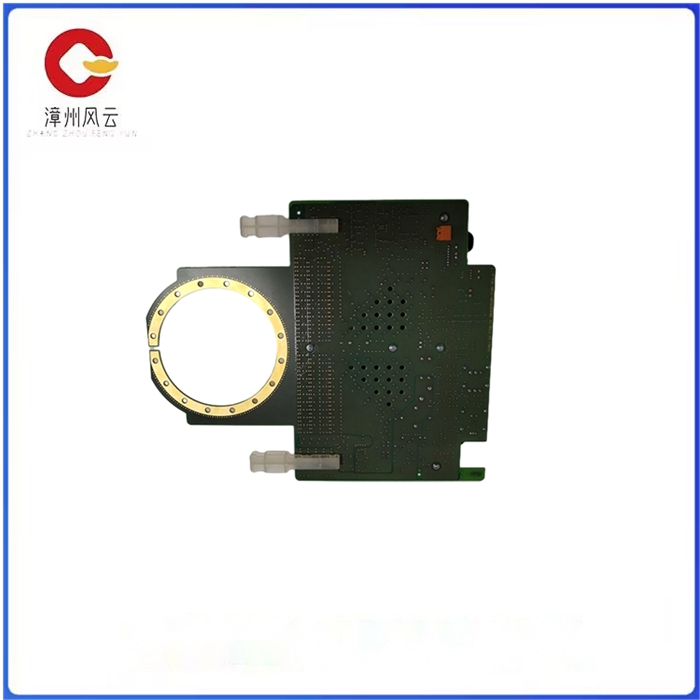
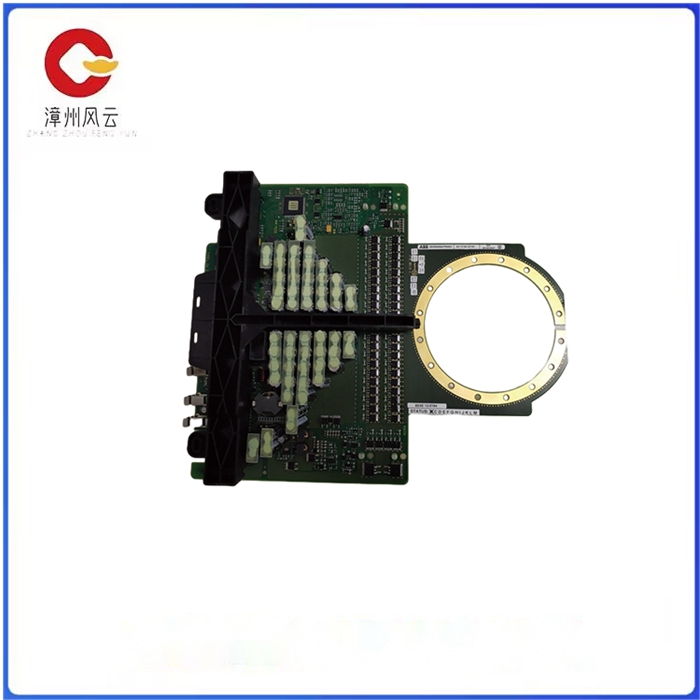
3BHB045647R0003 Полупроводниковый полупроводниковый диод в модуле управляемого кремния
Bidirectional thyristor is a silicon single crystal as the basic material of P1N1P2N2 four-layer three-terminal device, is developed on the basis of ordinary thyristor AC switching device, its English name TRIAC is the meaning of three-terminal bidirectional AC switch, invented in 1957. Bidirectional thyristor is a unidirectional conductivity switch, which can replace two thyristors in parallel with reverse polarity, and only one trigger circuit is required. Thyristor has two states of on and off, which are mainly distinguished from the shape of bolt, plate and bottom.
Because the characteristics of bidirectional thyristor are similar to vacuum thyristor, it is known internationally as silicon thyristor, or thyristor T for short; And because thyristor was originally used in controlled rectification, it is also called silicon controllable rectifier element, referred to as SCR.
Bidirectional thyristor structure schematic diagram
The bidirectional thyristor belongs to the NPNPN five-layer device, and the three electrodes are T1, T2 and G. Although the bidirectional thyristor can be formally regarded as a combination of two ordinary thyristors, it is actually a power integrated device composed of seven transistors and several resistors.
Because the device can be double-guided, the two electrodes except gate G are collectively referred to as the main terminal, with T1 and T2. Indicates that it is no longer divided into anode or cathode. It is characterized by the fact that when the voltage of the G and T2 poles is positive relative to T1, T2 is the anode and T1 is the cathode. Conversely, when the voltage of the G and T2 poles relative to T1 is negative, T1 becomes the anode and T2 becomes the cathode. Because of the symmetry of the positive and reverse characteristic curves, the bidirectional thyristor can be switched on in any direction.


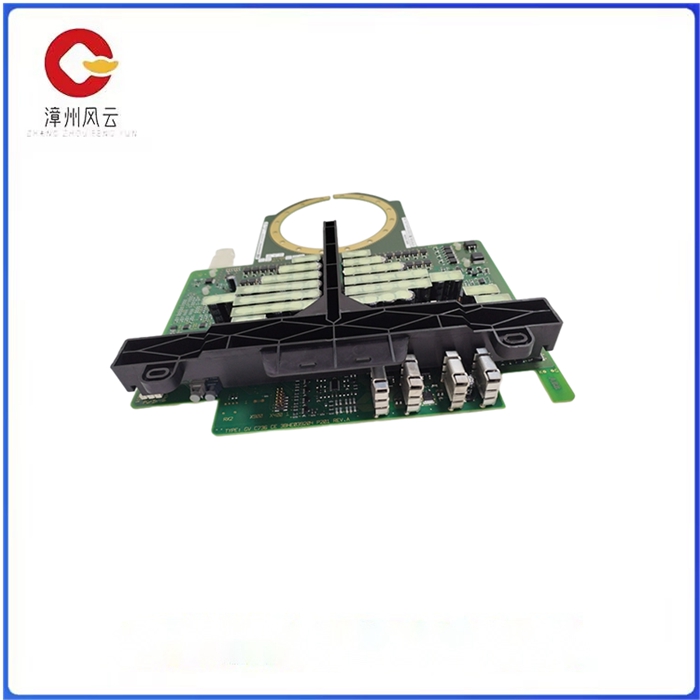
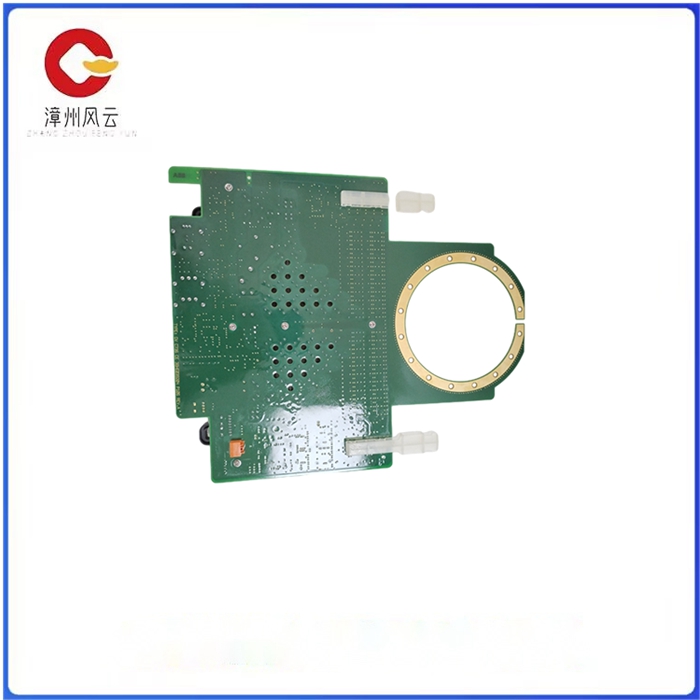
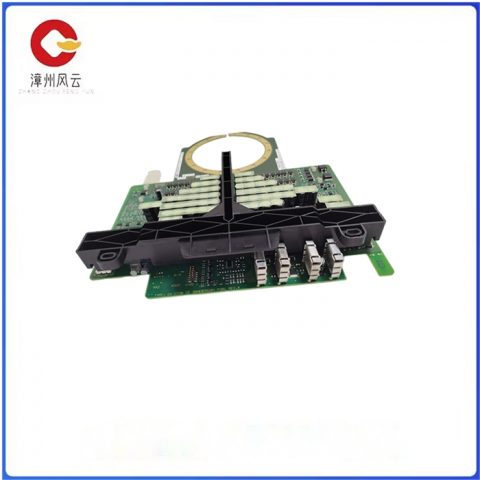
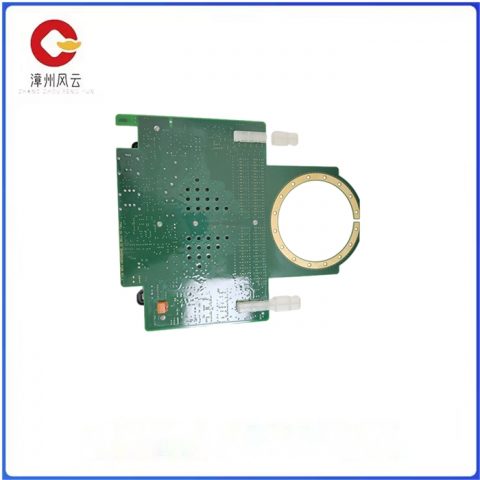
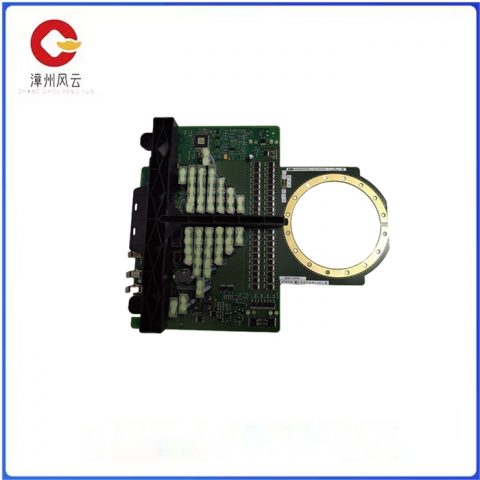
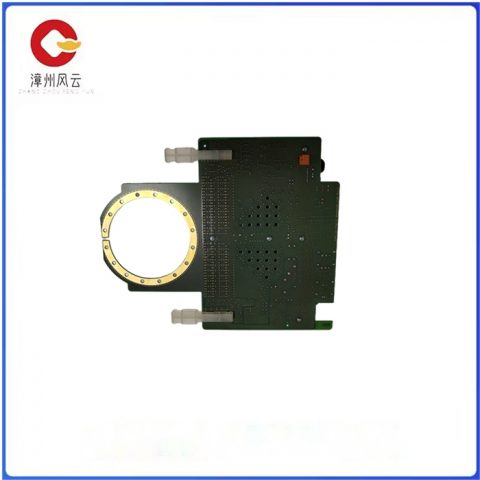

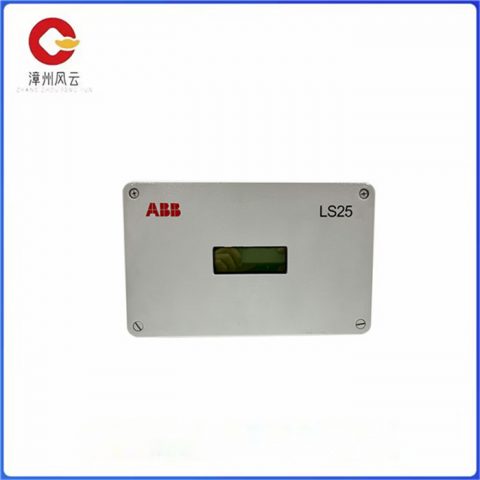


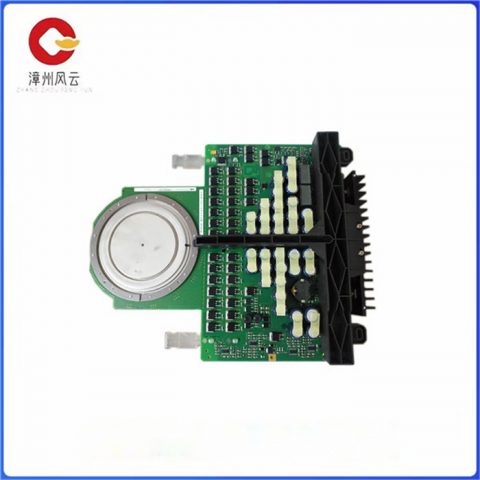
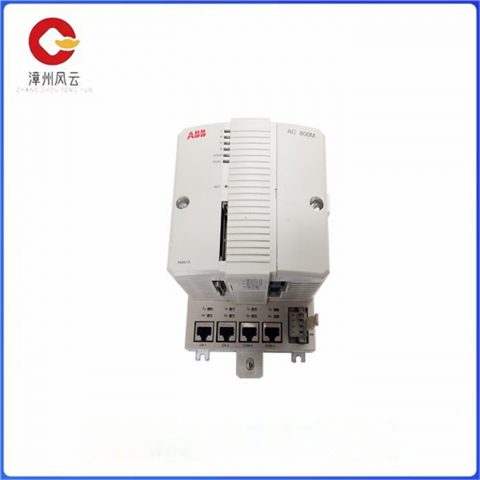
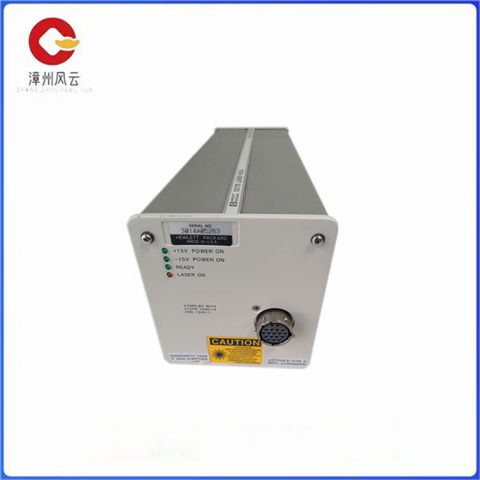
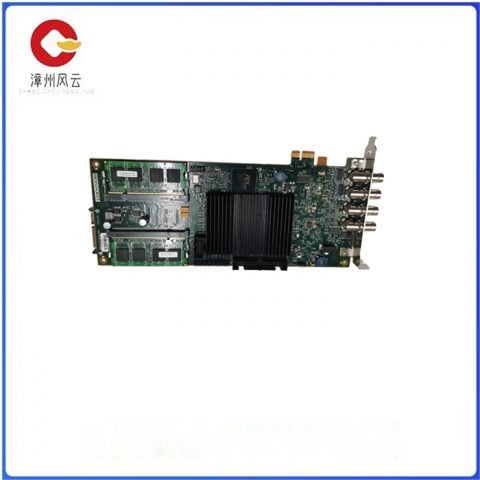
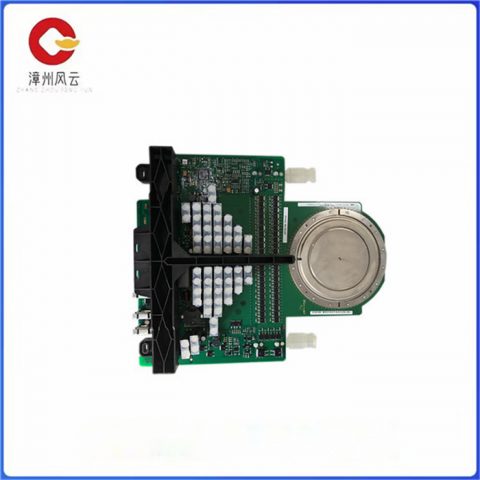
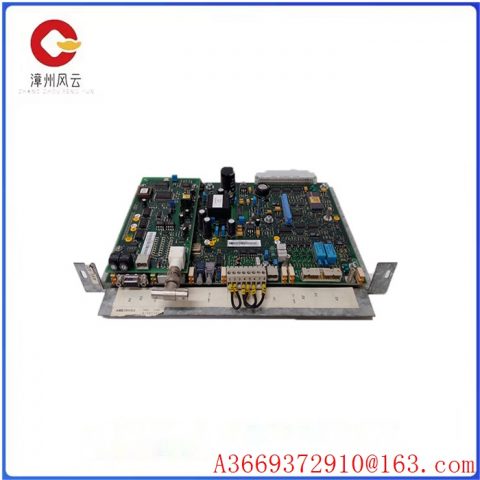
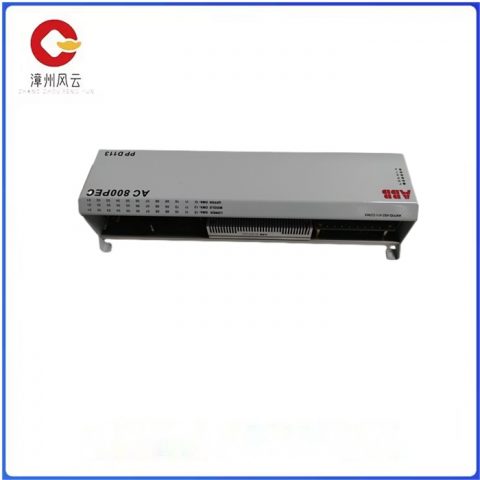
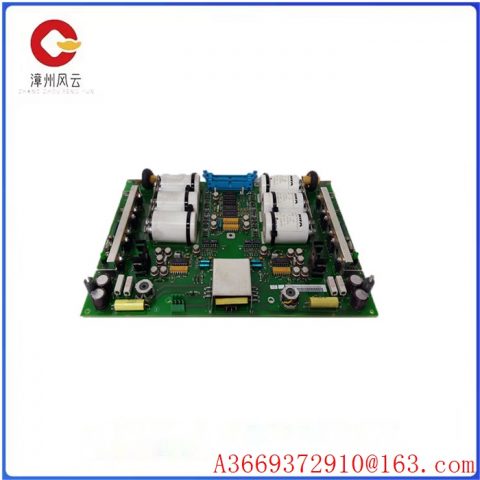
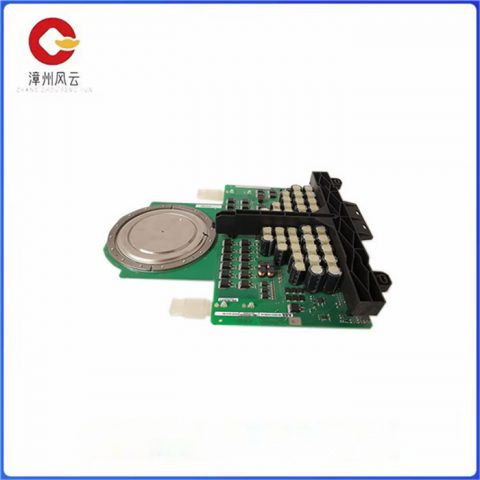
There are no reviews yet.